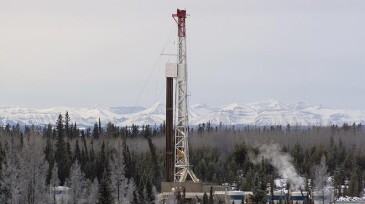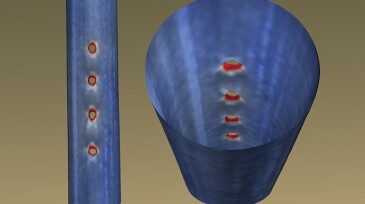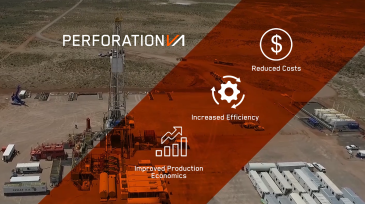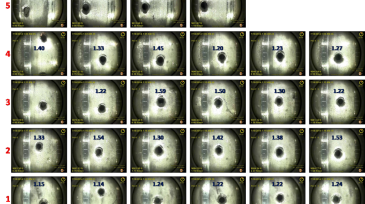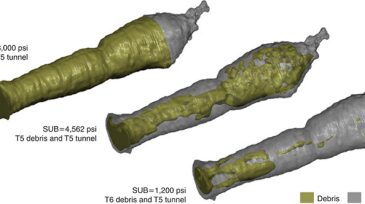perforations
-
This paper presents design considerations and field-trial applications for determining practical dimensions and limits for interdependencies associated with stage length, perforation clusters, and limited-entry pressures.
-
SponsoredBy revealing details at the perforation-level, the application of video-based analytics enables operators detect, understand, and effectively manage production issues at a much earlier stage, leading to more decisive action and significant economic advantage.
-
SponsoredOriented perforating is an increasingly adopted practice for new well completions. But how to ensure these perforations are correctly aligned? Impact Selector’s Relative Bearing Tool focuses on downhole tool orientation and has an outstanding track record in identifying gun direction prior to shooting.
-
SponsoredExtended reach wells provide access to otherwise inaccessible areas, improve production and reduce footprint. Advancements in completion technology allow producers to eliminate coiled tubing, perforation guns and milling out operations to lower project risks, costs, and environmental impact.
-
When fracturing, simply shooting all the perforations at the same spot in the casing can offer increased production at a low cost.
-
SponsoredHigh-resolution optical measurements hold the key to unlocking the performance of hydraulically fractured wells
-
The authors have investigated the effect of perforation hole size, geometry, and shape on the coefficient-of-discharge value at ambient conditions and with backpressure, before and after sand erosion.
-
This article addresses a means to improve hydraulic fracturing operations by measuring the perforation effectiveness on a stage-by-stage basis before the hydraulic fracturing process begins.
-
Pictures shot in fractured wells show how a high-pressure slurry of water and sand carves up the perforations.
-
Because of inherent complexities, understanding the characteristics of perforations in downhole environments is a significant challenge. Perforation-flow laboratories have been used to provide insight into cleanup and productivity mechanisms around perforation tunnels.




